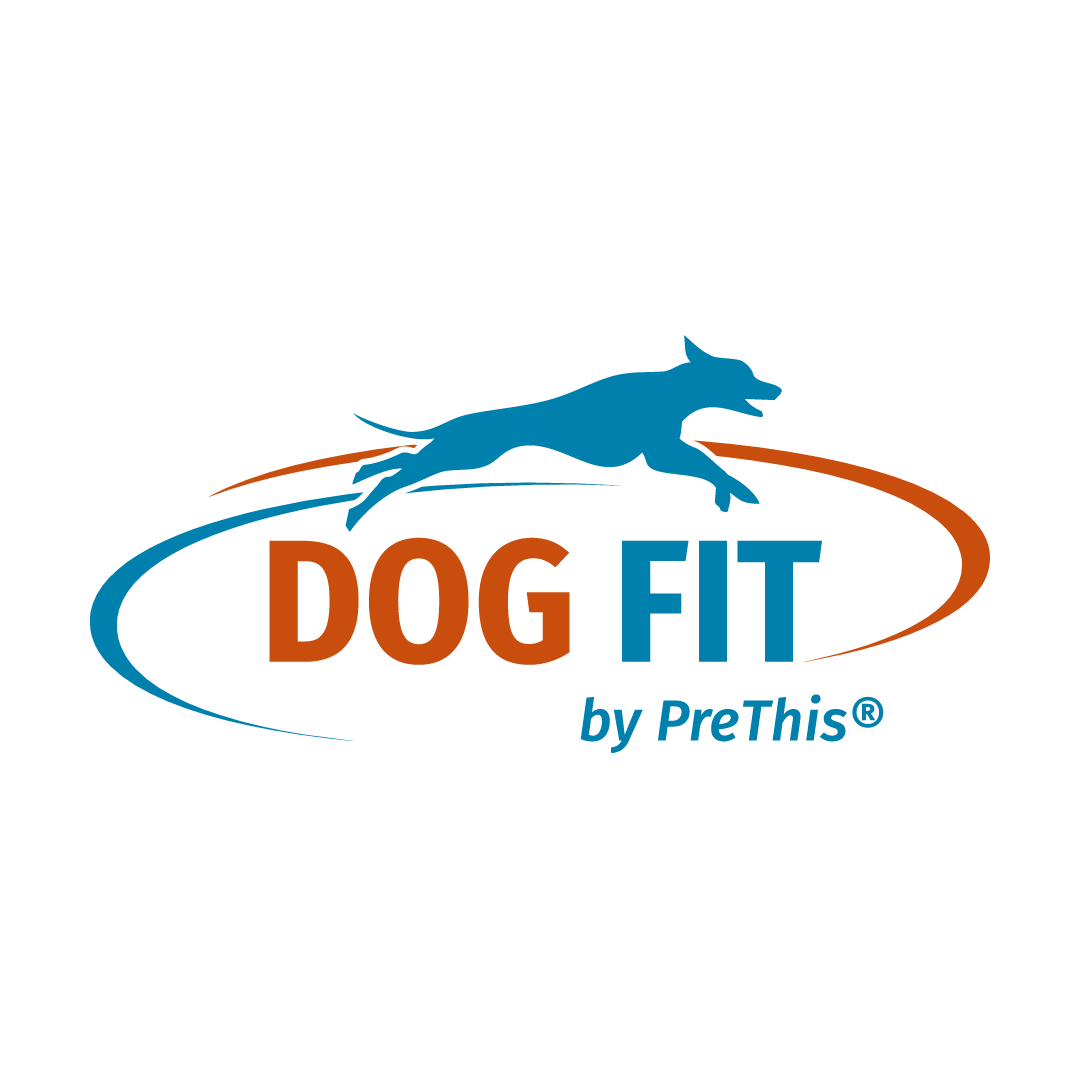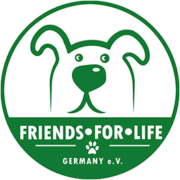 If you look for a dog, sooner or later they inevitably appear: foreign dogs who look at you loyally and pitifully from some dirty, barred shelter. And the animal protection associations that bring the dogs from abroad also speak with softening words about the terrible conditions on site and the urgency with which the poor creatures are looking for a better home in the promised land of animal protection. In fact, the question does not arise as to whether animal protection abroad is justified: just a look at the sometimes catastrophic situation for animals in some countries makes it clear that help is urgently needed. Whether the pragmatic transfer of animals in need of help to Germany is the right way is, however, a matter of great debate.
If you look for a dog, sooner or later they inevitably appear: foreign dogs who look at you loyally and pitifully from some dirty, barred shelter. And the animal protection associations that bring the dogs from abroad also speak with softening words about the terrible conditions on site and the urgency with which the poor creatures are looking for a better home in the promised land of animal protection. In fact, the question does not arise as to whether animal protection abroad is justified: just a look at the sometimes catastrophic situation for animals in some countries makes it clear that help is urgently needed. Whether the pragmatic transfer of animals in need of help to Germany is the right way is, however, a matter of great debate.
Between an act of compassion and real help
Whether in the shelters of Romania or on the streets of the Mediterranean countries: Dogs in particular have a much less pleasant life in many countries than here. In addition to hunger, being kicked, driven away, chased and tortured is part of everyday life for many strays. Anyone who survives this is still threatened by the dog catcher, who takes many dogs every day to killing stations or public shelters that are hardly any better. There the animals are often crammed together in a very small space, with no possibility of retreat, no place to escape and no protection from cold and heat. These dogs can only dream of enough food or cuddles. Many of the animal inmates of such institutions die of illnesses, bite injuries and malnutrition or they vegetate in a state of insanity in animal-unworthy conditions.
You don’t have to be an outspoken animal rights activist to recognize the horror of these conditions. The thought of saving at least one dog’s life by adopting a dog abroad is tempting. And you can actually massively improve the situation of an individual dog – but it doesn’t change the overall situation, apart from the fact that adopting a dog abroad can be a very big burden under certain circumstances (we reported).
Because the shelters and killing stations are full: As soon as a dog is adopted, three more move in for him. These are dimensions that can hardly be imagined in this country, especially when you consider that the majority of strays do not survive the first few weeks of life and many street dogs meet their end under car wheels or poison bait from angry residents instead of ending up in the shelter. Ultimately, everyone has to admit that adopting a dog abroad represents a wonderful opportunity for them, but is undoubtedly not a serious help in animal protection abroad, but rather a drop in the ocean.
Critical voices on animal protection abroad
It is precisely at this point that the critical voices become louder. Because the placement of dogs from abroad seems to be a bottomless pit: As long as the local situation does not improve, new dogs will always come looking for a new home in German living rooms. However, they often cannot stay there because the new dog owners have missed out on checking their living conditions carefully out of sheer pity and are now overwhelmed by the new family member and his sometimes special requirements. Then the former foreign dogs end up in German animal shelters – which, however, are already overcrowded in many places! Wouldn’t it be better to adopt a dog from a German animal shelter instead of importing more dogs from abroad?
In fact, this point of criticism is not entirely unjustified: Dogs are also waiting in German animal shelters to be adopted, which they have also truly earned. However, it must also be said honestly that German adoption dogs show less heterogeneity. For example, since there are no street dogs in this country and castration and sterilization are a given for many dog owners, the number of unwanted litters is fortunately significantly lower. Despite many dubious backyard breeders, the “supply” is comparatively limited. Dogs that end up in animal shelters are usually animals whose owners could no longer keep them for various personal or health reasons or whose owners were overwhelmed by them. Unfortunately, the latter group forms the majority, which means that many dogs in German animal shelters are also barely traineden and some have already developed their first behavioral problems. The actual emergency contributions from deaths, divorces and the like, who have already received a basic education and often also a solid socialization, are rare and often quickly given away or are already a little older and therefore less attractive for placement.
The animal protection abroad, on the other hand, offers an enormously heterogeneous field of different dogs: From puppies to young dogs to seniors, from 20cm dwarfs to 70cm giants, interested parties can get almost everything “on order” from the Abroad. This may initially sound unfair to German animal shelter dogs, but it actually increases the likelihood that an interested party will actually find the right dog for them. In other words: The people who adopt a dog from animal welfare abroad are not necessarily the same people who would be interested in a dog from German animal welfare.
Another common practice that needs to be questioned is “buying” dogs out of killing stations: The operators of these stations are now speculating that a certain number of the dogs are from foreign animal rights activists are bought out and therefore consciously accept overcrowding. After all, these funds are a welcome addition to the per capita money they receive from public funds for killing. No one in the killing station is interested in whether the situation for the animals in confinement continues to worsen, while animal rights activists feel encouraged to have to “buy” more animals free – a vicious circle that cannot be broken through adoptions abroad, but only through educational work on site can be.
A business with compassion and love for animals?
Another important point of criticism that comes up again and again is that when it comes to animal protection abroad, it’s less about the animals than about the money. And here too it must unfortunately be said: there is a core of truth behind it. Although there are many reputable organizations that act in accordance with applicable law and with the welfare of animals in mind, unfortunately there are also many black sheep. There is certainly no profit to be made with serious animal protection abroad: it is financed almost exclusively through donations; the income is usually put directly back into equipping private animal protection centers or castration projects and the like. Monies paid for the imported dog can be clearly reported.
Unfortunately, it is often not easy to distinguish between reputable and dubious animal protection abroad.
Therefore, here are a few points on the basis of which you can make distinctions:
- Serious animal protection abroad / Dubious import of animals from abroad
- Good: Pre- and follow-up checks are carried out on future dog owners.
- Bad: The dogs can be picked up from private individuals or directly at the place of arrival (e.g. at the motorway parking lot) without further inconvenience. There is no personal contact with employees of the organization in advance.
- Good: Costs incurred can be disclosed.
- Bad: Questions about the costs involved are avoided.
- Good: All animals have been examined, vaccinated and chipped in accordance with import regulations and can be clearly identified with valid identification documents.
- Bad: Import regulations are not adhered to. This could be that puppies are under 4 months old (entry is then illegal!), that vaccinations have not been carried out (check vaccination certificate!) or that sufficient veterinary examinations have not been carried out. Unfortunately, fake papers are also becoming more and more common.
- Good: Interested parties are also made aware of possible problems and difficulties: not only advantages but also possible weaknesses of the animal can be mentioned.
- Bad: The animals on offer are presented as perfect dogs in terrible circumstances – supposedly they are all well socialized, friendly to people and in need of cuddles; Possible problems are swept under the carpet.
- Good: The organization also works on site to fundamentally improve the situation for the animals there, e.g. through castration projects, expanding animal protection there, supporting local animal shelters, etc.
- Bad: There is no specific effort to improve the circumstances in the country of origin, the organization only takes care of the “resettlement” of the animals.
The points listed are only an incomplete comparison of various criteria that enable laypeople to assess the seriousness of an animal protection organization.
By the way, you should also be critical, wIf an organization mainly offers puppies, organized crime has increasingly discovered the business of compassion and is starting to sell puppies from mass breeding as “animal welfare puppies” – these are often too young, sick and have fake papers. In addition, even away from the large organized puppy trade, it is easy to make quick money with puppies that no one wants in the country of origin anyway.
Even if “used” mother dogs and surplus puppies from mass breeding are “bought out” and rehomed, you should exercise caution. Not only does this indirectly support animal-cruelty mass breeding, but you also can’t be sure that the organized puppy trade itself isn’t behind it, wanting to make a final profit from animals that are no longer profitable for breeding.
Sustainable help – but how?
Only helping selectively by randomly exporting animals to Germany is certainly not real help for animals abroad. Nevertheless, it is clear that animal protection does not stop at the borders. It is therefore particularly important to design the help in such a way that it can bring about sustainable improvements.
Animal protection in this country is already well developed and well structured – an advantage that foreign animal protection organizations can also benefit from. Because with the appropriate “development aid” it can be possible to create structures abroad that significantly improve the conditions of the animals locally and increase the chances of placement in the country of origin.
This includes, for example, local educational campaigns that remind local people who have become accustomed to looking the other way that the animals in their country need help. Neutering projects that reduce the number of stray dogs and bitches on farms that give birth uncontrollably are also helpful in reducing suffering. The expansion of private animal sanctuaries and animal shelters through collaboration with local animal rights activists has proven to be helpful: This creates a more animal-friendly alternative to public shelters. Of course, supporting local animal protection can also be done through donations in kind and money, training courses and the like – what is primarily important is that work actually takes place on site, which can have long-term effects, rather than simply resolving the problem of “surplus” dogs to outsource to German animal shelters. Because in the long term, all countries must create and enforce their own animal protection structures.
Why adopting dogs abroad still makes sense
Even if adopting a dog abroad is just a drop in the ocean, even if it doesn’t provide any lasting help – it still makes sense. On the one hand, of course, for the dog, who gets the chance for a better life. On the other hand, it is also for the owner who might not have been able to find what he was looking for in German animal welfare due to a lack of suitable candidates.
It is sad that black sheep are constantly destroying the reputation of serious animal protection abroad. Reputable organizations that work sustainably should continue to be encouraged and supported in their work through donations and adoptions – such as Friends for life e.V.
Missed the first part? Then catch up quickly!
Dogs abroad Part 1: Adopting a dog

The content of the articles is for general information purposes only and does not replace diagnosis or treatment by a veterinarian. Reviews or testimonials are individual reports from verified customers. This information does not constitute medical advice and should not be understood as such.
Our daily inspiration comes from the special moments with our dogs. Here we share this enthusiasm and invite you to become part of the DOG FIT community on our social media channels.


Leave a Reply